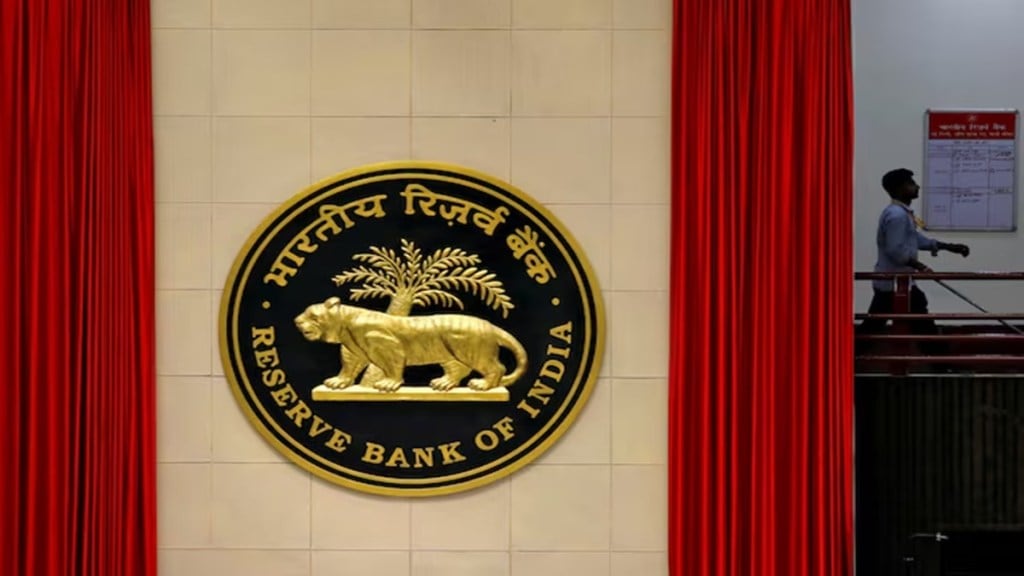At age 93 (bless him), Dr C Rangarajan is an indefatigable campaigner for an open economy and prudent fiscal management. He was a central banker for many years and the 19th governor of the Reserve Bank of India (1992-97). On October 14, 2025, he co-authored with Mr D K Srivastava an op-ed on the estimate of India’s potential growth rate and came to the conclusion that it was 6.5 per cent a year. He was charitable to say the growth rate was “in the present world environment, a reasonably high level” but quickly added “although for creating a higher growth of employment, we do need to push our potential growth further.”
I think an average growth rate of 6.5 years over several years is dismal. That rate keeps India in the group of countries with a ‘lower-middle income’ defined as Gross National Income per capita of between USD 1,146 and USD 4,515 (in 2024-25). India’s GNI of USD 2,650 (in 2024) places it in the group that includes Egypt, Pakistan, Philippines, Vietnam and Nigeria. The GNI per capita needs to double to get India out of the lower-middle income group. If India’s current rate of growth is sustained, it will take nine years to achieve that goal, and the unemployment situation may worsen.
Consensus on estimates
RBI has increased its estimate of growth for 2025-26 from 6.5 per cent to 6.8 per cent, but it had very little to say on unemployment (RBI Bulletin, September 2025, State of the Economy): “Various indicators of employment conditions depicted a mixed picture in August. The all-India unemployment rate declined to 5.1 per cent…” The scant attention to unemployment is because the RBI Act mandates the RBI to securing monetary and price stability with no reference to employment. The Ministry of Finance, in its August issue of Monthly Economic Review, stayed within the earlier predicted range of 6.3-6.8 per cent. On unemployment, the Review did not express any view.
The World Bank estimated India to grow at 6.5 per cent in 2025-26 but trimmed it to 6.3 per cent in 2026-27. The International Monetary Fund increased its projection of India’s growth rate to 6.6 per cent for 2025 while predicting a decline to 6.2 per cent for 2026. The Organization for Economic Co-operation and Development (OECD) projected India to grow at 6.7 per cent in 2025-26 and 6.2 per cent in 2026-27.
GFCF, the spoiler
The consensus is India’s growth rate will be 6.5 per cent in the current year and lower by 20 basis points in the next year. These estimates broadly confirm Dr Rangarajan’s conclusion. Dr Rangarajan has identified the reasons for the modest growth rate: the gross fixed capital formation (GFCF) rate that has been stationary for the last few years and the causes for the stationary GFCF rate. GFCF has fallen from 35.8 per cent of GDP in 2007-08 to 30.1 per cent of GDP in 2024-25. It has been more or less stationary in the last 10 years at between 28 and 30 per cent.
Private fixed capital formation (PFCF) — part of the total GFCF — has fallen from 27.5 per cent of GDP in 2007-08 to 23.8 per cent in 2022-23 (last available official data). Dr Rangarajan also mentioned the incremental credit output ratio (ICOR), but I have left that out because it is a derived number. As Dr Rangarajan concluded, unless GFCF/PFCF improves or the ICOR declines, India is stuck with a 6.5 per cent growth rate.
Why is private capital shying away from investment in India? The foremost reason is the trust deficit between the government of India and the industry. Finance Minister Ms Nirmala Sitaraman has used every arrow in her quiver, but Indian investors are not impressed by her entreaties or admonitions or threats. They prefer to hoard cash, wait and watch, acquire insolvent companies or invest abroad.
Dr Singh-like courage
In a developing country, a measure of the government’s success is its capacity to build quality infrastructure and create quality jobs. While the quantity of infrastructure built in the last decade has been large (and the amounts spent colossal), the quality has been appalling — obsolete design and technology, falling bridges, collapsing buildings, and new highways that are washed away after the first rain. On quality jobs, the less said the better. There are no jobs for the ‘educated unemployed’, and the unemployment rate for this group is 29.1 per cent. ‘Youth unemployment’ rate is 45.4 per cent. School-educated and school-dropouts do odd and irregular jobs or migrate. The official unemployment rate of 5.2 per cent in September is a joke in the same way as the official retail inflation rate of 1.54 per cent is.
A GDP growth rate of 6.5 per cent is not a moment of celebration. It means India is stuck in the lower-middle income trap without the ideas or the intrepidity to break out. It is a time for summoning Manmohan Singh-like courage.
Next: November 2, 2025
(Author’s note: I have written this column since 2014. Earlier, I had written the column during 1999-2004. Writing a column every week is a punishing schedule but I have enjoyed it thoroughly. After consulting the editors, I have decided to continue to write the column but with breaks. Thank you for reading the column because that is my greatest reward.)


